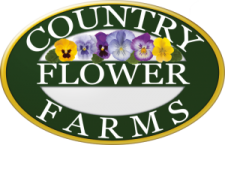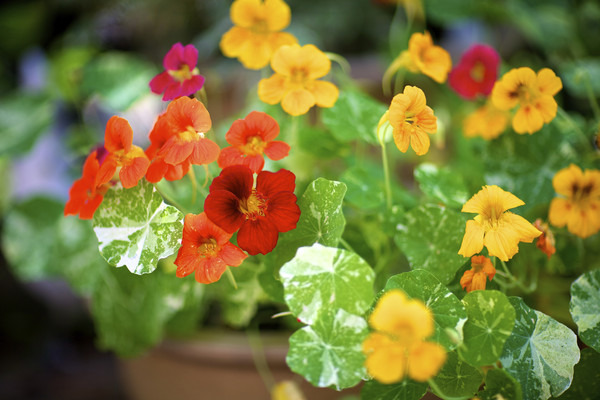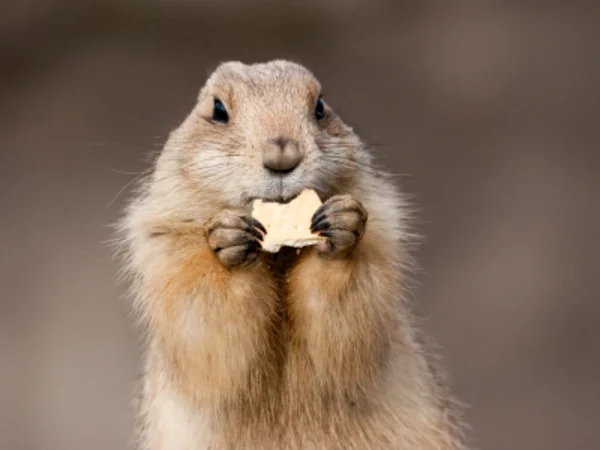For those who haven’t used flowers in cooking before, eating a flower might seem like an odd concept. You’ve likely picked off many of these flowers that garnished your dishes without even knowing they were actually edible. When choosing flowers to cook or bake with ensure that they were organically grown and of course, they are edible. Some of our edible favorites include:
Daylily (Hemerocallis) Daylilies have a mild flavor and can be eaten raw or cooked. They are delicious in a stir-fry and make a wonderful appetizer. Try stuffing them with cream-cheese dips or spreads.
Anise Hyssop (Agastache foeniculum) Anise Hyssop has a sweet, licorice-like flavor. The flowers are great in salads, fruit salads, and can also be sugar-glazed for decorating desserts.
Bee Balm (Monarda) – Bee Balm can be used to make tea.
Nasturtium (Tropaeolum) – Nasturtium has a peppery flavor. Both the leaves and flowers add flavor to salads and sandwiches. I tend to use the flowers in my salads because they add such interesting summer colors to my dishes.
Marigold (Tagetes) – Marigold has a spicy flavor and it often used as a vegetable or salad garnish. The most common Marigold for eating is ‘Lemon Gem’. We grow this variety specifically for cooking and keep in our herb section so it’s easy to find.
Pansy (Viola) – Pansies have a sweet mild flavor.These are great in salads, or sugared for decorating and garnishing. What I love so much about Pansies is you could have them blooming in your garden from March to December if you grow them in partial sun.
Calendula – Calendulas have a tangy flavor almost similar to saffron. They come in bright Oranges and Yellows and brighten up any plate. The petals and flowers look great in salads and when used as a plate garnish.
Chives (Allium schoenoprasum) – Chive flowers have a mild onion flavor and can be used both raw and cooked. You can separate the petals for mild flavor in a salad, or use the entire blossom for stronger flavor. These can also be used in a stir fry or when sautéing.
Garlic Chives (Allium tuberosum) – Garlic Chive flowers have a garlicky flavor. You can separate the petals for mild flavor in a salad, or use the entire blossom for stronger flavor. These can also be used in a stir fry or when sautéing.
Roses – (Rosa) – Roses petals can be used fresh or dried. I prefer fresh because they look so much nicer this way. They can be used in salads, desserts and teas. Also, they are quite beautiful when crystallized with sugar and used for desserts and garnishes.
Squash Blossoms – Squash Blossoms are one of my favorites. They are delicious fried or stuffed with cream cheese mixtures. My favorite way to prepare them is to fry them. First I dip them in an egg mixture and then in seasoned flour. They are such a summer treat.
Many of these edible flowers are long bloomers and the key to lots of blooms is to deadhead (remove spent blooms) when past bloom.
There are so many other edible flowers. When experimenting with flowers be sure first; that they are edible and second; that they are grown organically. What flowers will you be eating for dinner tonight?














